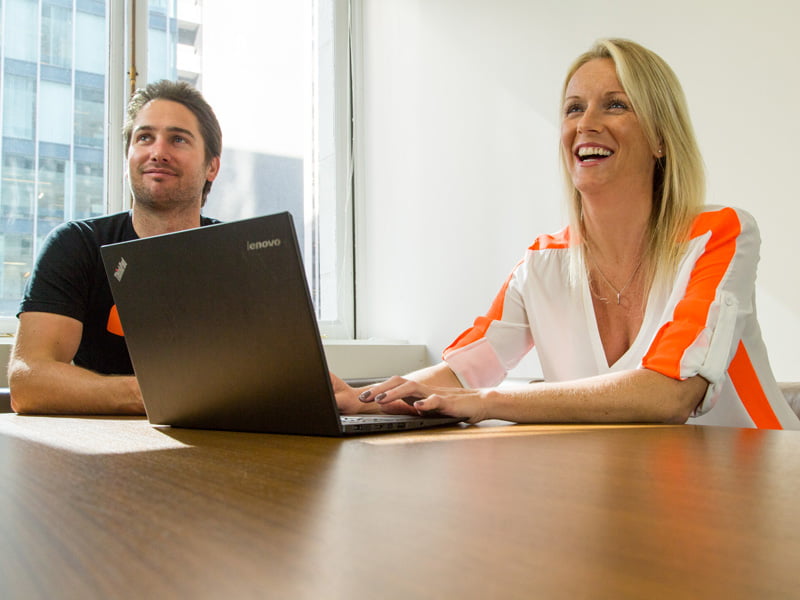When Facebook Chief Operating Officer, Sheryl Sandberg, wrote in the Wall St Journal last week that it would take women 100 years to achieve gender equality in the C-suite unless corporates lift their game, she knew it would generate headlines.
The founder of the LeanIn.org movement, named after her book of the same name, was reflecting on new research conducted by LeanIn.org in association with McKinsey & Co which also revealed that although 45 per cent of entry level positions in corporations are held by women, only 17 per cent of the C-suite is female.
There is slow progress, but based on the current rate of improvement, it would take 25 years to even achieve gender equality at the corporate vice president level. That last line makes clear that this was US-only research.

But it resonates just as loudly in Australia. Last week the Workplace Gender Equality Agency (WEGA) released its 2015 report card on gender pay equity – which also reflects glacial progress.
WGEA’s findings show that the number of Australian organisations which perform pay gap analysis has risen from 24 per cent to 26.3 per cent.
Of those organisations that identify a gender pay gap, 51 per cent took steps to address the imbalance, but 24 per cent do nothing about it even when they’ve identified it.
WGEA refers to the gender pay gap (which was 24 per cent last year, based on total package remuneration) as Australia’s “dirty secret”.
For the innovation economy however the gender gap is more than that – it’s a structural impediment.
The LeanIn/McKinsey survey cites a 2013 report which notes that “employees on diverse and inclusive teams put in more effort, stay longer and demonstrate more commitment.”
Without diversity – in terms of gender, ethnicity, skills – teams are less able, and in a rapid innovation economy that spells danger.
It’s a message that Sam Chandler, founder and CEO of software company Nitro well understands.
Chandler set up Nitro in 2005, and swiftly relocated the business to San Francisco – though the holding company remains Australian.
Nitro now has 500,000 business users, revenues of between $30-$40 million (it’s a private company and he’s coy) and offices around the world.
Chandler was on the panel of the Zero Gender Divide event held in Melbourne last week, intended to encourage diversity in the workplace.
“Diversity, full stop, creates a better outcome. There is a great body of research around this that suggests that larger more diverse groups of non-specialists will make better decisions over the long run than small groups of the same people who are specialists,” said Chandler.
“It is a social justice issue, no doubt about that. But there is a hard-nosed business issue to this – I never want to be in position where we cannot cast our net as wide as possible for a given role or job type or team. Imagine a workplace that’s not equally attractive to people of different genders or sexual orientation or whatever.
“There is a very good chance that there will be a candidate that comes into the process, and you want to close them. Say a girl is excited about the opportunity and there are 25 guys on the team and not a single girl. Say she’s a rockstar engineer – the chances of her wanting to join that team are probably lower than if there is a better gender balance.”
Gina O’Reilly, Nitro’s chief operating officer, said that even more worrying was the fact that women often decide early not to strive for such roles because it was all too hard.
She said that to encourage more women into the organisation, Nitro had instructed its recruiters to make sure that more women were on the candidate list at the very beginning of the recruitment process – and look outside the usual sources of candidates to achieve that.
But it’s a hard nut to crack.
“What we are trying to foster is an environment where women feel supported – a third of our workforce is female, not as many of engineering and product team is female,” O’Reilly said..
Chandler says the firm’s engineering gender ratios are “terrible” and that he wants to improve them.
Even enlightened businesses though can struggle to do more than talk the talk.
O’Reilly is one of just two women on Nitro’s 13-strong leadership team, and not a single member of the company’s board is a female.
“That does bother us – both of those numbers,” says Chandler.
And what does he think about Sandberg’s 100 year prediction?
“I don’t think the headlines hurt, it draws attention to the issue. I’m sure that the trend is accelerating – I do feel like things are changing.”
*Photo Credit: Nitro
Do you know more? Contact James Riley via Email.

